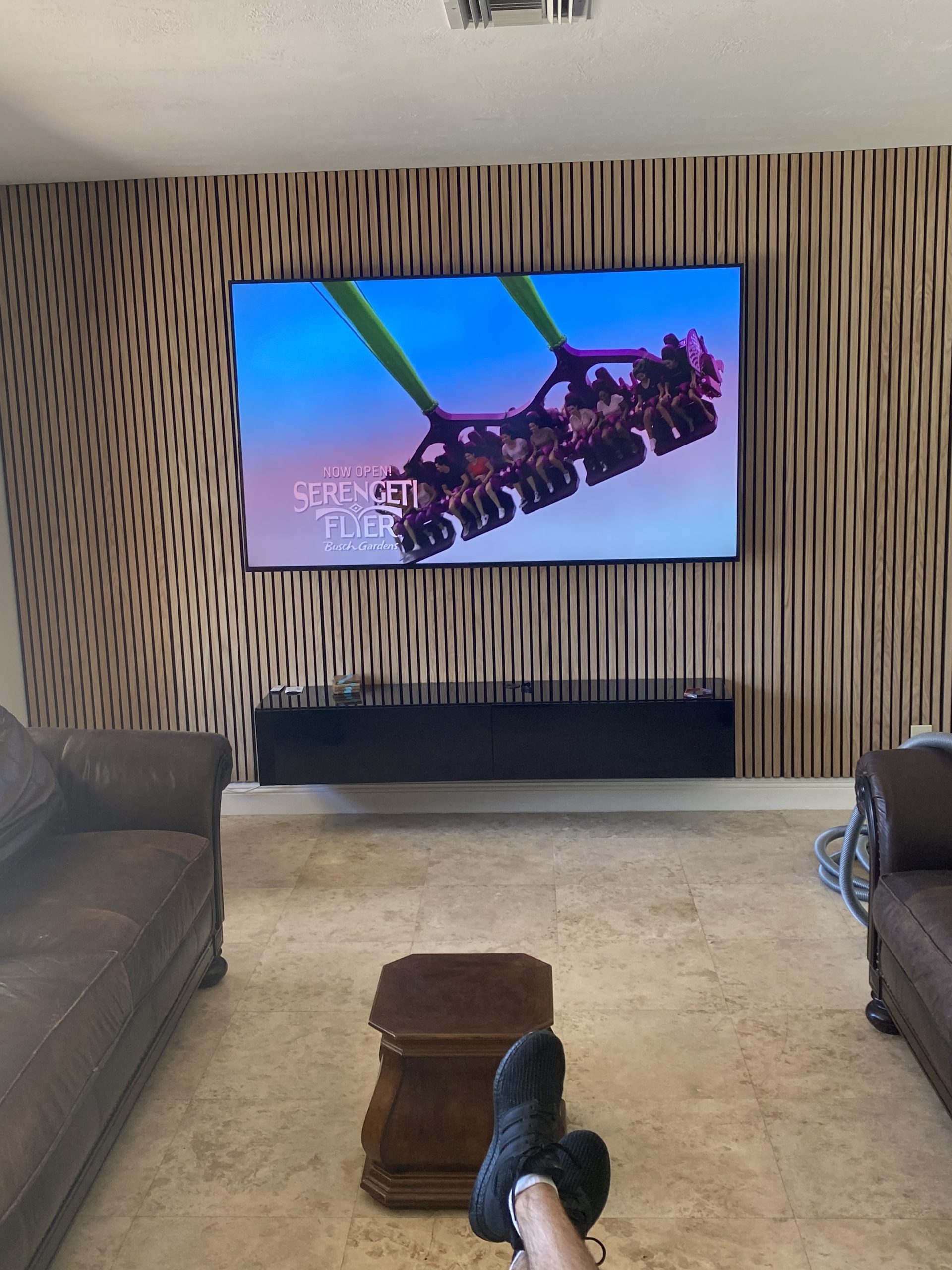When it comes to relocating, having every moving service that one could want available under a single roof makes all the difference. Whether you’re moving locally, long-distance, or need specialized assistance, The Hammocks Movers offer a comprehensive range of services tailored to meet your unique needs. This level of expertise and customer care transforms what can often be a stressful experience into a smooth and manageable journey.
Why Choose The Hammocks Movers?
Moving is more than just transporting your belongings; it’s about ensuring the safety and timely arrival of your cherished items. The Hammocks Movers understand this deeply and provide a full suite of moving services designed to cover every aspect of your move.
Their approach is built on professionalism, transparency, and customer satisfaction. From the first phone call to the final box unloaded, the team at The Hammocks Movers is committed to delivering excellence.
A Wide Array of Services Tailored to You
Local Moving: If you’re relocating within the same city or nearby areas, The Hammocks Movers have you covered with efficient local moving services. Their skilled movers handle everything from packing fragile items to safely transporting heavy furniture, ensuring your belongings reach your new home intact.
Long-Distance Moving: Moving across state lines or across the country can be daunting. The Hammocks Movers specialize in long-distance relocations, managing logistics, coordinating schedules, and providing real-time updates to keep you informed every step of the way.
Packing Services: Packing can be one of the most time-consuming and stressful parts of moving. The Hammocks Movers offer expert packing services using high-quality materials to protect your items, whether it’s delicate china, electronics, or bulky furniture.
Commercial Moving: Businesses looking to relocate need a reliable partner who understands the complexity of commercial moves. The Hammocks Movers have experience working with offices, retail stores, and other commercial establishments to minimize downtime and ensure a seamless transition.
Storage Solutions: Sometimes your new home isn’t quite ready, or you need to store some items temporarily. The Hammocks Movers provide secure storage options, giving you peace of mind that your belongings are safe and accessible when you need them.
Specialty Moving: Items like pianos, antiques, and artwork require extra care and expertise. The Hammocks Movers employ trained professionals to handle specialty moving needs with the utmost precision and care.
Commitment to Trust and Transparency
In an industry sometimes plagued by hidden fees and unreliable services, The Hammocks Movers stand out by maintaining transparency in pricing and communication. They provide clear, upfront quotes and detailed contracts so there are no surprises.
Additionally, it’s essential to be aware of moving scams and fraud, which unfortunately can affect unsuspecting customers. For trustworthy advice and tips on avoiding household goods moving fraud, the U.S. Department of Transportation’s Office of Inspector General offers an invaluable resource at Household Goods Moving Fraud. This helps consumers stay informed and protect themselves when choosing a moving company.
Customer Satisfaction at the Core
The positive testimonials from clients reflect The Hammocks Movers’ dedication to superior service. Their team goes the extra mile, offering friendly support and customized solutions to meet each client’s specific circumstances.
By focusing on efficiency, safety, and personalized care, The Hammocks Movers ensure that moving day is less stressful and more organized. Whether you’re a family moving to a new home or a business relocating to a new office, their comprehensive services provide the support you need.
Conclusion
Moving can be a challenging process, but with The Hammocks Movers, you have access to every moving service that one could want, delivered with professionalism and care. Their commitment to quality, transparency, and customer satisfaction makes them a trusted partner for local and long-distance moves alike.





